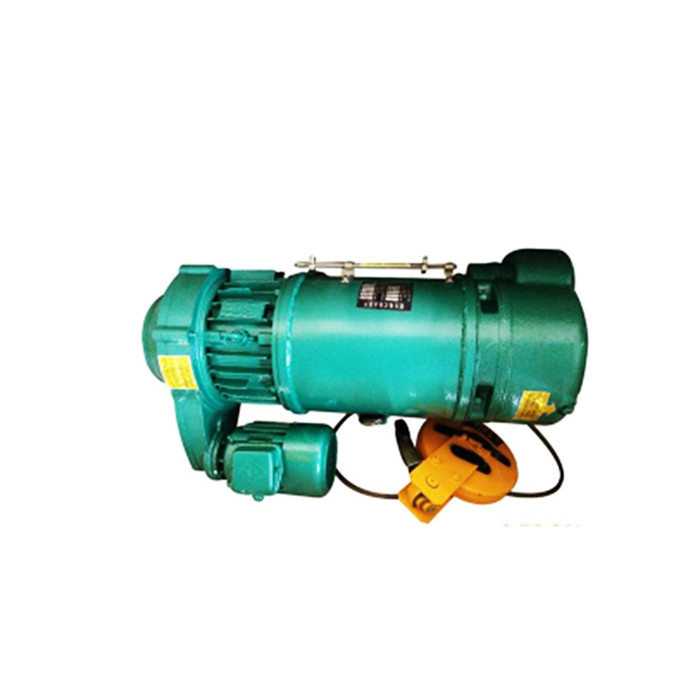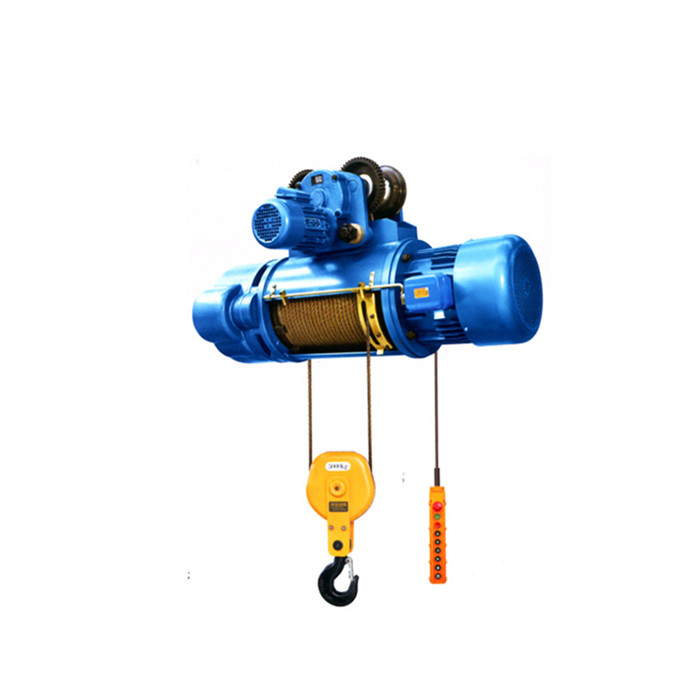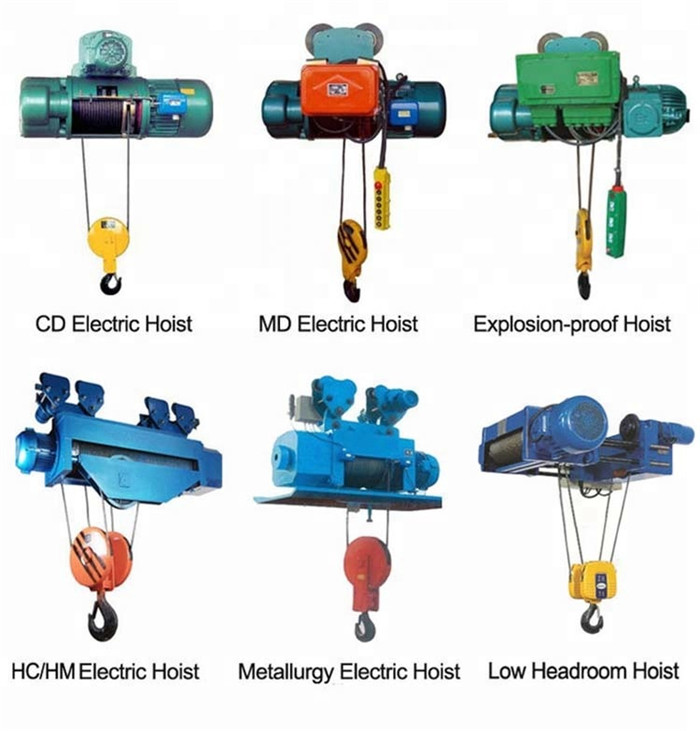Process flow of flotation lead-zinc mine
In terms of primary ore, rare earth ore is usually a composite ore composed of a variety of useful minerals and some gangues. The same is true for sand ore. It contains some rare elemental minerals, quartz , feldspar, etc., and generally has a low grade of rare earth and cannot be directly extracted. Rare earth oxides, therefore, beneficiation or leaching, to obtain concentrate as a mineral raw material for smelting and extraction.
Rare earth ore beneficiation, as monazite, xenotime industrial minerals and other raw materials commonly used in magnetic separation, flotation concentrate containing about 60% to obtain a rare earth oxide; fluoro Bastnasite rare earth carbonate minerals usually strong magnetic separation , re-election, flotation to obtain rare earth concentrates containing rare earth oxides 30% to 40%. There is also a combined metallurgical process, which will contain 7% to 10% rare earth oxide ore (rich ore), which is subjected to thermal foam flotation to obtain a concentrate containing 60% rare earth oxide. It is further leached with 10% hydrochloric acid to remove carbonate minerals such as calcite in the concentrate, so that the rare earth oxide grade of the concentrate is increased to 70%. Finally, the leached concentrate is re-calcined to remove carbon dioxide from the bastnasite to obtain a rare earth oxide product containing 85%. This type of process is basically used in the ore of the single rare earth deposit dominated by bastnasite in the United States.
China's mineral processing technology research and production practice, for the characteristics of China's rare earth resources, has developed a variety of new process, capable of producing different grades, different types of rare earth concentrates and rare earth oxides, providing sufficient mineral raw materials for the development of China's rare earth industry . Several types of rare earth ore beneficiation:
(1) The ultra-large-scale rare earth ore in the Bayan Obo Mine is a comprehensive deposit that is symbiotic with strontium and iron . Due to the complex material composition, the size of the ore is fine, which is difficult to ore. However, through research, design and production joint research, rare earth ore dressing technology suitable for the characteristics of Baiyun Obo mineral resources has been studied. In the early 1980s, the Baotou Iron and Steel Rare Earth Company Concentrator (referred to as Baotou Steel Plant, the same below) formed a process of flotation-re-election-flotation recovery of rare earth. In 1987, a new process of weak magnetic-strong magnetic-flotation was developed. In recent years, new technologies for the separation of mixed rare earth concentrates into single fluorocarbon strontium concentrates and monazite concentrates have been studied. Now it can carry out sorting industrial production of various minerals, and form an annual output of 60,000 tons of various rare earth concentrates containing 30% to 68% of rare earth oxides (REO), of which more than 50% REO concentrate is 30,000 t/a, which is China. An important production base for rare earth raw materials.
(2) The hydrothermal vein-like rare earth deposit of Shandong Weishan Rare Earth Mine has an average grade REO of 3.61%-5.59%, and the main ore type is fluorocarbon antimony ore. A small pilot plant with a capacity of 5t/d was built in 1975. After transformation, it has formed a production line of 35t/d and an annual output of 700t of rare earth concentrate. In 1988, a new type of collector H205 was used for the primary ore mine to carry out two ore dressing trials. The full float concentrate grade (REO) reached 68.73%, the recovery rate was 41.44%; the heavy float concentrate grade (REO) reached 70.2%, the recovery rate was 45.03%. At present, the mine has a mineral processing capacity of 120t/d.
(3) Large hydrothermal vein-like rare earth deposits discovered and explored in the 1980s in the Niulongping rare earth mine in Suining, Sichuan, similar to the famous Mountain Pass fluorocarbon mine in the United States. The main industrial ore of the Maoniuping deposit is also a fluorocarbon antimony ore. The average grade REO of the deposit is 1.07% to 5.77%. The re-selection-flotation process is used to obtain high-grade rare earth concentrates containing 63% to 69% of rare earths, and the rare earth recovery rate is 40.8% to 69%. At present, mines have been built and put into production. In 1988, the Sichuan Geological and Mineral Bureau's 109 Geological Team cooperated with Suining County and Gansu Rare Earth Company to establish Changlan Rare Earth Company with an annual output of 5000t concentrate. Rare earth concentrates are best sold for their high quality.
(4) The rare large-scale strontium and rare earth alkaline flower rock type deposits discovered in China's Zalute Banner in the “801†rare and rare earth mines in the late 1970s, accompanied by considerable minerals such as strontium , zirconium and hafnium . Development prospects. Through the optional test, the re-election-magnetic separation-flotation process is used to obtain the coltan; the low bismuth iron concentrate and the bismuth concentrate (mainly silicon bismuth), of which BeO is 3.27%~6.54%. The recovery rate is 43.2% to 57.59%; Y2O3 is 6.8% to 44.5%, and the recovery rate is 35% to 56%. The deposit is still to be developed and utilized.
(5) Southern ion-type rare earth minerals Since the 1970s, a wide range of weathering crust-leaching medium-heavy-earth rare earth deposits have been discovered in the southern provinces of China, and rare earth elements are adsorbed in the ion state. The mixed rare earth oxide can be obtained by chemical treatment, elution, precipitation and burning. Further research by relevant units has led to the development of ammonium sulphate leaching - oxalic acid precipitation - burning process and ammonium sulphate leaching - ammonium bicarbonate precipitation - burning process, so that the mineral processing technology of the southern ion-type rare earth ore is improving day by day. The production cost has been declining and it has become the main raw material source for the production of medium and heavy rare earth products in China.
(6) Rare Earth placer fifties and sixties, has a lot of exploration weathering crust, alluvial type and marina rare earth, rare metal placers. These deposits as industrial minerals monazite, xenotime, tantalite, niobium, titanium, iron, rutile, zircon and quartz. Common processes such as reselection, flotation, electrification, and magnetic separation are usually employed. There are two main processes: the selection of monazite and xenotime is the comprehensive recovery of strontium, titanium and zirconium minerals, and the selection of ilmenite, rutile and zirconium quartz as the main synthetic minerals such as monazite.
(7) Rare earth concentrate treatment The extraction of rare earth from minerals must first decompose the concentrate. Depending on the nature of the mineral, acid decomposition, alkali decomposition or chlorination can be used. In the decomposition process, the rare earth is converted into a compound which is easily soluble in water or acid, and after purification and extraction, various products such as mixed rare earth chloride or oxide are prepared. China basically adopts the following processes for the treatment of several rare earth concentrates:
(8) Process for extracting rare earth from Baiyun Ebo rare earth concentrate. Baiyun Ebo rare earth concentrate is composed of rare earth fluorocarbonate mineral such as fluorocarbon ore and various minerals such as monazite, fluorite and iron ore. The taste changes greatly. In view of this feature, the process of extracting rare earth has low temperature sulfuric acid roasting method, sulfuric acid intensification roasting-extraction method, caustic soda method for decomposing rare earth concentrate, electrolysis of rare earth concentrate process and high temperature chloride method for producing anhydrous rare earth chloride. .
(9) The monazite decomposition process Monazite is the first raw material used to extract rare earth. At present, the concentrate is mainly decomposed by alkali method at home and abroad. Due to the high content of elements such as phosphorus, uranium and thorium in monazite, comprehensive recovery is required in the process of extracting rare earth. Due to the high price of domestic monazite concentrates, and the fact that the radioactive waste water and waste residue are difficult to handle during the treatment, only the Hunan Taojiang Rare Earth Metal Smelter is exclusively disposed of in China.
(10) The bismuth ore smelting process is treated by pressurized alkali decomposition or alkali fusion, and the phosphonium concentrate is uniformly mixed with the solid caustic soda, and then decomposed at 600-700 ° C, then washed with water, and dissolved by hydrochloric acid to obtain chlorination. The treatment of rare earth and excellent slag is the same as that of the monazite decomposition method, and the rare earth, uranium and thorium are separated by solvent extraction.
(11) The ion-adsorption type rare earth ore extraction process generally adopts an infiltration method, that is, in a square cement tank, a trough-shaped stent is laid on the bottom of the tank, and a burlap cloth is used as a filter layer to deposit the ore deposit on the filter layer. The rare earth can be exchanged by rinsing with an electrolyte such as a NaCl solution. This is a relatively simple process used in the 1970s. Due to the low grade of raw ore and the large consumption of chemical materials, the relevant scientific research units have done a lot of improvement work. The mines now use (NH4)2SO4 infiltration and leaching, NH4HCO3 precipitation rare earth process. The in-situ heap leaching process at the mine is currently under study. This process will effectively improve mining, transportation kinetic energy consumption and environmental pollution, and production costs will be further reduced.
(12) Separation and purification of rare earth From the mixed rare earth obtained after the decomposition of rare earth ore, it is difficult to separate and extract a single pure rare earth element. First, because the lanthanide their physical and chemical properties are very similar; the second is more due to the occurrence of the impurity elements in the rare earth minerals, such as thorium, uranium, niobium, tantalum, titanium, zirconium, iron, calcium, silicon, fluorine, phosphorus, lead and the like. Therefore, the process of separating rare earth elements is relatively complicated. The separation methods mainly include chemical separation, ion exchange resin chromatography and solvent extraction. The chemical separation method is further divided into a stepwise method (step precipitation, fractional crystallization) and a redox method. The step-by-step method is the oldest and most classical method for separating rare earth elements and has been replaced by extraction and ion exchange resin chromatography. The overall level of rare earth separation process technology in China is comparable to that of foreign countries. There are hundreds of single rare earth products produced. The purity of a single rare earth oxide can reach 95% to 99.99%, and individual products can reach 99.999% (such as Y2O3).
(13) Rare earth metals and alloys Rare earth metals are generally mixed rare earth metals and single rare earth metals. The composition of the mixed rare earth metal is very similar to the rare earth component in the ore; the single rare earth metal is a metal that has been separated and refined. The preparation of the rare earth metal is firstly made into a rare earth chloride, an oxide or a fluoride, and then the metal is obtained by a molten salt electrolysis method or a metal thermal reduction method.
Molten salt electrolysis is generally used in mass production of mixed rare earths. The preparation method of the single rare earth metal varies depending on the elements, and the ruthenium , osmium , iridium and osmium are not suitable for the preparation by the electrolytic method because of the high vapor pressure of the metal, and the reduction steam distillation method is used. Other elements can be prepared by electrolysis or metal thermal reduction. In addition, the production method needs to be selected according to the production amount and the requirements for the purity of the metal. In the mass production, the molten salt electrolysis method is generally used, and in the small batch, the metal thermal reduction method is often used.
(14) Smelting and smelting of rare metals The comprehensive recovery of rare elements is in the form of isomorphism and the presence of fine particulate minerals in the relevant carrier minerals. Therefore, the main metal is enriched in the process of metallurgy and comprehensively recovered. Such as indium, gallium, germanium, thallium, cadmium, selenium, tellurium, and the like often are hosted by lead and zinc concentrates, i.e. their mineral carrier.
The rare metal is enriched in by-products during the main metal smelting process and is the main way to comprehensively recover rare metals. Recyclable selenium, tellurium, thallium and rhenium anode mud and dust from the copper smelting; recoverable indium, gallium, thallium, cadmium and selenium and tellurium from the dust, slag, and the slag leaching solution in lead and zinc smelting; from tin smelting Indium is recovered from slag or electrolyte; selenium and tellurium can be recovered from nickel smelting; gallium is recovered from NaAlO2 back to mother liquor or electrolytic dust in aluminum production; strontium is recovered from flue gas smelted by molybdenum ; slag and soot from ironmaking recyclable germanium, gallium, selenium and tellurium, thallium even; dust generation from the burning coal, coal ash recovery of germanium and gallium.
CD/MD type Wire Rope Electric Hoist is a kind of light small lifting device which can be installed int eh single beam crane, Overhead Crane, Gantry Crane , cantilever crane, Jib Crane and other crane machines. It can meet the requirements of general situation.
Features:
CD1 single speed Electric Hoist or MD1 double speed electric hoist
Fast and slow lifting speed of double speed electric hoists can make the lifting stable and easy
High working efficiency, and long working life
easy to operate and is convenient to repair
Parameter
Lifting capacity of 0.25 ton to 20 ton.
Lifting height: 6-50m
Working class:M3, M4
Ambient Temperature: -25~40℃



Parameter
Model
CD/MD
CD/MD
CD/MD
CD/MD
CD/MD
CD/MD
CD/MD
Lifting Weight(t)
0.25
0.5
1
2
3
5
10
Lifting Height(m)
3-9
6-12
6-30
6-30
6-30
6-30
6-30
Lifting Speed(m/min)
8/0.8
8/0.8
8/0.8
8/0.8
8/0.8
8/0.8
7/0.7
Running Speed
20m/min 30m/min
Minimum radius of circular orbit(m)
0.8
1.5
1.5-4
2-4
2-4
2.5-5
3.5-9
Lifting Motor
Motor
ZD12-4
ZD21-4
ZD22-4
ZD31-4
ZD41-4
ZD41-4
ZD51-4
Capacity
0.4
0.8 0.2/0.8
1.5 0.2/1.5
3 0.4/3
4.5 0.4/4.5
7.5 0.8/7.5
13 1.5/13
Rotation rate
1380
1380
1380
1380
1380
1400
1400
Power supply
3P 380V 50HZ
ZDS0.2/1.5
ZDS0.2/1.5
ZDS0.4/3
ZDS0.4/4.5
ZDS0.8/7.5
ZDS1.5/13

Besides CD and MD model, we also have 4 models Wire rope electric hoist for your choice

Md Electric Hoist,Cd Electric Hoist,Wire Rope Electric Hoist,Electric Hoist 2 Ton
Jiangxi Mide Industrial Co., Ltd. , https://www.midecrane.com